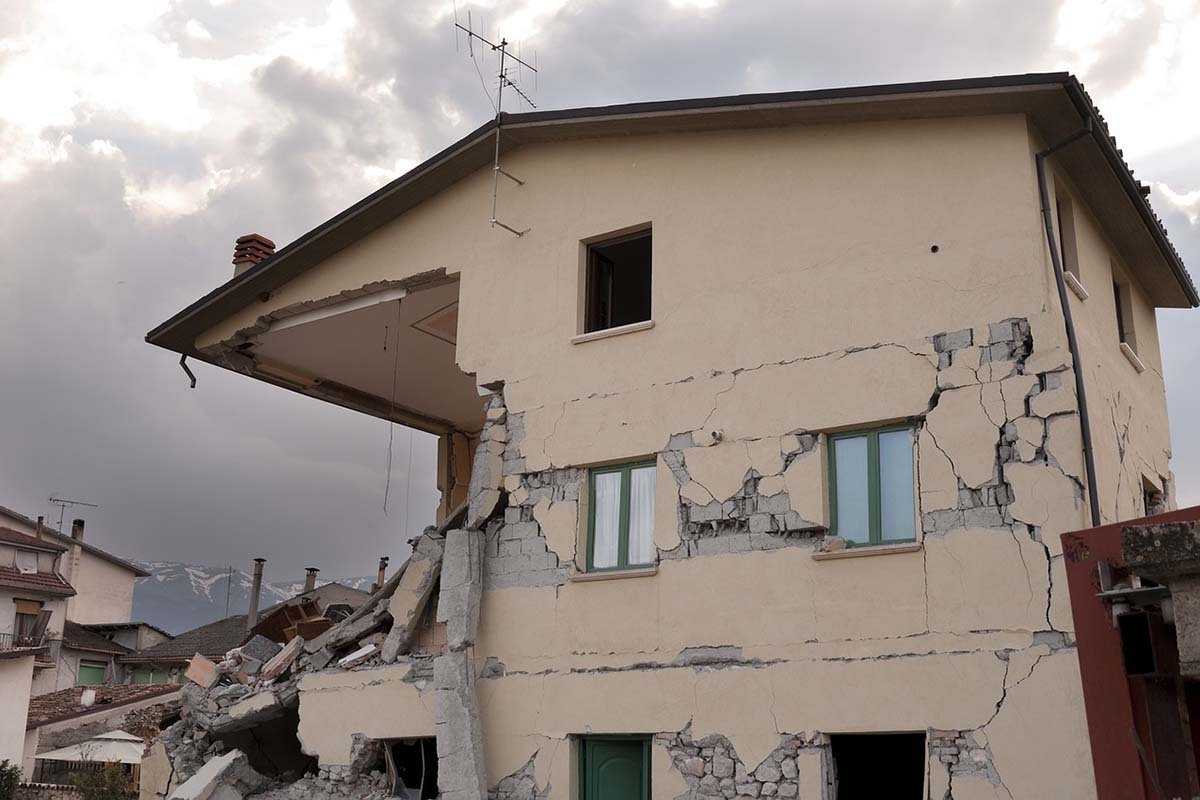Disasters, whether natural or man-made, can cause significant devastation and disrupt the lives of countless individuals and communities. Effective disaster relief operations are crucial in providing immediate assistance, restoring infrastructure, and helping affected populations recover. To ensure the success of these operations, careful planning, coordination, and execution are required.
This article will explore essential steps for effective disaster relief operations, focusing on preparedness, response, and recovery efforts. By understanding and implementing these steps, relief organizations and responders can provide practical support to those in need during times of crisis.
Essential Steps for Effective Disaster Relief Operations: Pre-Disaster Preparedness
Preparedness is key to effective disaster relief operations. Taking proactive measures before a disaster strikes allows for a more timely and efficient response. Identify the potential hazards in the area and conduct a thorough risk assessment. Develop comprehensive emergency response plans that outline roles, responsibilities, and procedures for different scenarios.
Establish partnerships and collaborations with local government agencies, non-profit organizations, community leaders, and other stakeholders involved in disaster response. Foster communication channels and establish protocols for information sharing and resource coordination.
Provide regular training sessions and capacity-building exercises for relief personnel and volunteers. This includes training on first aid, search and rescue techniques, disaster management protocols, and specific skills relevant to the type of disaster expected in the area. Maintain stockpiles such as food, water, medical equipment, blankets, and other necessary items.
Regularly assess and replenish these supplies to ensure readiness. Prepare the required equipment, including mobile trailers for disaster response, communication devices, and vehicles to facilitate rapid deployment and effective communication during emergencies. Additionally, establish early warning systems and educate the community about disaster preparedness, evacuation routes, and emergency contacts.
By investing in pre-disaster preparedness, relief organizations can significantly enhance their ability to respond swiftly and efficiently, ultimately saving lives and minimizing the impact of disasters on affected communities.
Immediate Response and Assessment
When a disaster occurs, immediate response is critical to saving lives and addressing urgent needs. Activate emergency response teams and mobilize resources as soon as the disaster occurs.
Ensure clear communication channels and a command structure to facilitate coordination and decision-making. Prioritize search and rescue efforts to save lives and ensure the safety of affected individuals. Utilize trained personnel, equipment, and technology to locate and extract survivors trapped in collapsed structures or dangerous situations.
Conduct rapid needs assessments to determine the scale and scope of the disaster’s impact. Assess the immediate needs of affected populations, including shelter, food, water, medical assistance, and emotional support.
Set up temporary shelters to provide immediate refuge for displaced individuals and families. Ensure these shelters are safe, well-equipped, and capable of meeting basic needs.
Relief Distribution and Services
Once immediate needs are addressed, the focus shifts to providing ongoing relief and essential services. Coordinate the distribution of relief supplies based on the assessed needs and available resources. Establish distribution centers or points to efficiently deliver food, water, medical supplies, hygiene kits, and other necessary items.
Ensure access to medical assistance by establishing temporary medical facilities, deploying medical personnel, and coordinating with local healthcare providers. Prioritize the treatment of injuries, diseases, and mental health support.
Implement proper sanitation and hygiene measures in temporary shelters and affected areas. Promote hygiene practices through education campaigns and the distribution of hygiene kits. Provide psychological support and counseling services to those affected by the disaster. Establish support systems and teams trained in trauma counseling to address survivors’ emotional and mental health needs.
Recovery and Rehabilitation
The recovery and rehabilitation phase focuses on restoring infrastructure, rebuilding communities, and helping affected individuals regain their livelihoods. Assess the extent of damage to infrastructure such as roads, bridges, buildings, and utilities.
Develop plans for rebuilding and restoration, prioritizing critical infrastructure and public services. Support affected individuals in rebuilding their livelihoods by providing vocational training, financial assistance, and market access. Facilitate the revival of local businesses and employment opportunities.
Involve affected communities in the recovery process through participatory decision-making and engagement. Foster community-driven initiatives, promote social cohesion and empower residents to rebuild their communities actively. Integrate lessons learned from the disaster into long-term resilience planning. Implement measures to reduce future vulnerability, such as early warning systems, land-use planning, and climate change adaptation strategies.
Effective disaster relief operations require meticulous planning, coordination, and execution. Pre-disaster preparedness, immediate response and assessment, relief distribution and services, and recovery and rehabilitation are essential to ensure successful disaster response.
By following these steps and adopting a comprehensive approach, relief organizations and responders can provide efficient and effective support to affected populations. It is crucial to foster partnerships, invest in training and capacity-building, and prioritize community engagement to build resilience and enable affected communities to recover and thrive in the aftermath of a disaster.




















